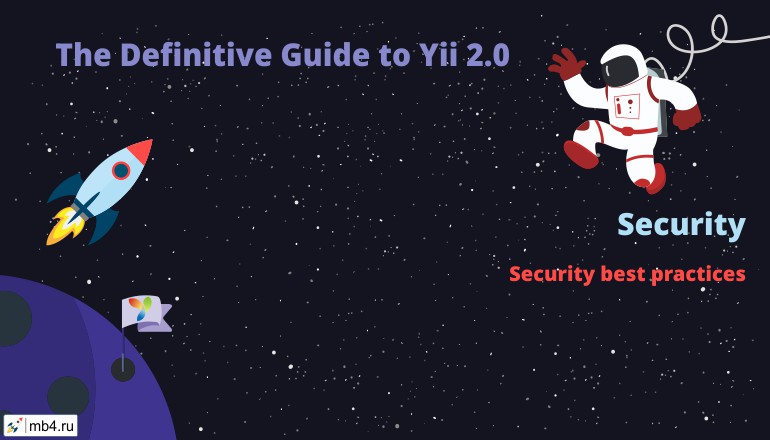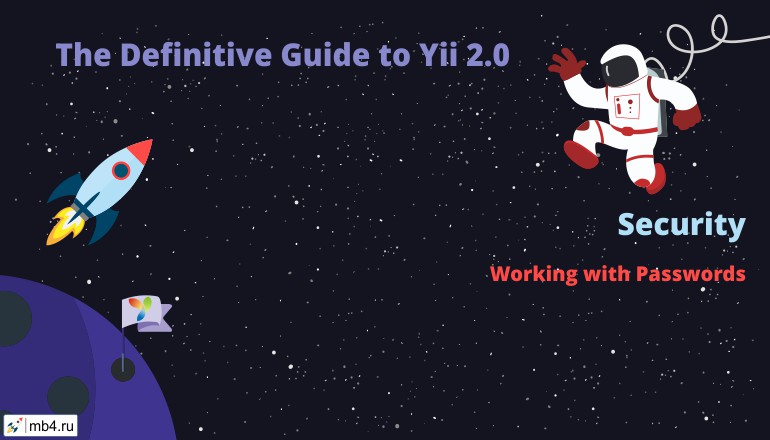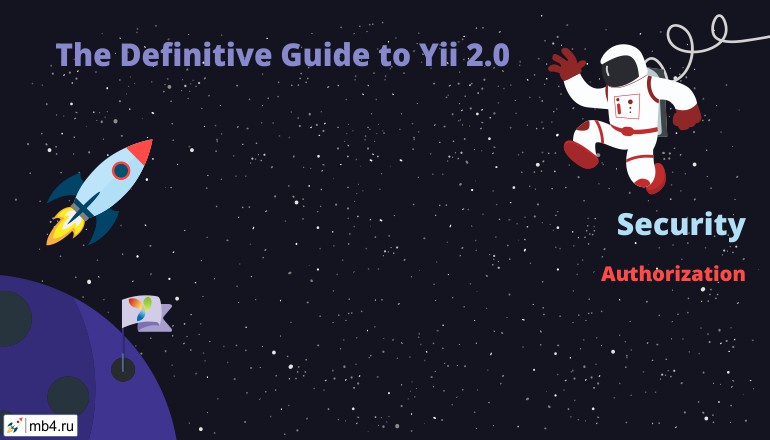Security
Security in Yii 2
Content of the «Security» section:
- Security Overview
- Authentication
- Authorization
- Working with Passwords
- Cryptography
- Auth Clients
- Best Practices
Articles section «Security»:
- Details
- Parent Category: The Definitive Guide to Yii 2.0
- Category: Security

- Details
- Parent Category: The Definitive Guide to Yii 2.0
- Category: Security

- Details
- Parent Category: The Definitive Guide to Yii 2.0
- Category: Security

- Details
- Parent Category: The Definitive Guide to Yii 2.0
- Category: Security

- Details
- Parent Category: The Definitive Guide to Yii 2.0
- Category: Security

- Details
- Parent Category: The Definitive Guide to Yii 2.0
- Category: Security

- Details
- Parent Category: The Definitive Guide to Yii 2.0
- Category: Security





